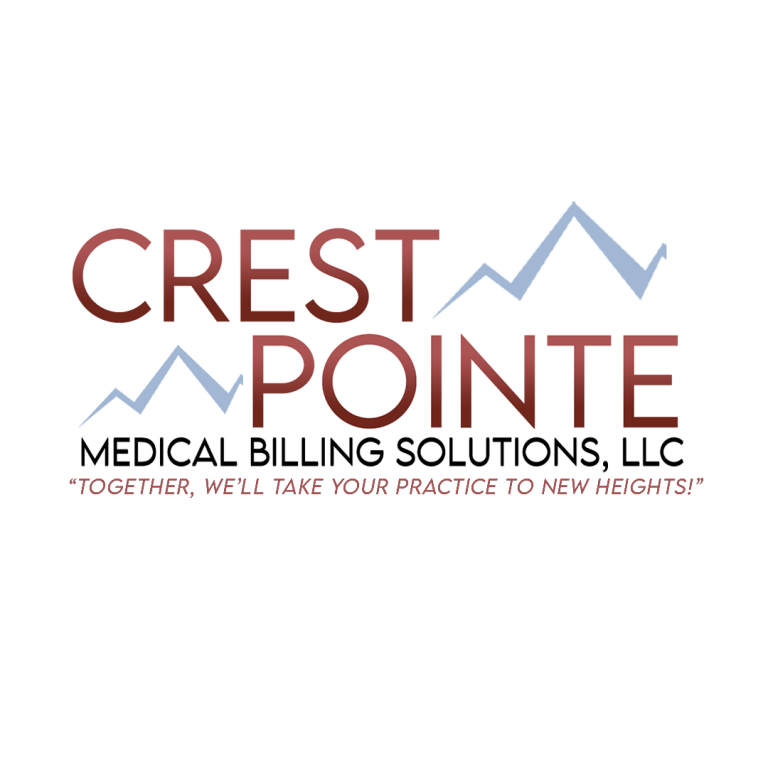

Ensuring accurate patient eligibility and benefits verification is a crucial step in medical billing. The entire revenue cycle management process starts with verifying whether a patient’s insurance information is valid and whether they are eligible for coverage. Errors at this stage can lead to claim denials, delayed payments, and patient dissatisfaction.
In this blog, we will walk through best practices in patient eligibility and benefits verification, offer actionable insights on how to streamline your workflow, and discuss the importance of accurate verification methods.
Before providing medical services, it’s vital to confirm that a patient is eligible for their insurance benefits. This process involves verifying insurance information, which includes confirming coverage details, co-pays, deductibles, and other relevant factors. By carrying out effective insurance eligibility verification, healthcare providers can prevent financial losses and operational delays.
Eligibility verification is the foundation of medical billing. It’s the first step in determining whether a patient’s insurance plan covers specific services. Without verifying eligibility, healthcare providers may face significant financial issues from denied claims.
The eligibility verification process involves several steps to ensure insurance claims are accurate and billable. Here’s a brief outline of the process to determine patient’s eligibility:
Understanding relevant CPT and ICD codes is essential for accurate claims submission. Here is a brief table highlighting commonly used codes in benefits verification:
| Code | Description |
| CPT 99358 | Prolonged evaluation and management services before and after patient care |
| CPT 99499 | Unlisted evaluation and management service |
| ICD-10 Z02.79 | Encounter for issue of other medical certificates |
| CPT 99070 | Supplies and materials provided by the physician |
| CPT 99213 | Office or other outpatient visit for the evaluation and management of an established patient |
Accurate coding ensures claims are processed quickly and efficiently. It’s critical that coders stay up-to-date with changes in CPT and ICD codes to avoid errors that lead to claim denials.
Adopting best practices can significantly enhance your medical insurance verification process. Consider the following tips to ensure smooth eligibility and benefits verification:
Manual verification is time-consuming and prone to errors. By using automated systems, you can streamline the insurance eligibility verification process. Automated tools enable real-time verification of benefits and ensure that insurance information is verified before the patient receives care.
Insurance coverage can change at any time, so it’s vital to verify coverage every time a patient visits the office. Regular eligibility checks can prevent unexpected claim denials.
Ensure that staff handling insurance verification are trained and knowledgeable. A well-trained team can quickly identify issues and resolve them before they lead to claim denials.
Keep a record of claim denials that stem from eligibility issues. Analyzing this data can help identify patterns and areas for improvement in your insurance verification process.
Develop a checklist that includes all the necessary information to verify, such as policy numbers, coverage dates, co-pay information, and deductible details.
The following table outlines the steps in verifying health insurance eligibility:
| Step | Action |
| 1 | Collect patient details (name, insurance ID, group number) |
| 2 | Use real-time eligibility verification tools |
| 3 | Confirm coverage for specific services |
| 4 | Identify patient responsibilities (co-pay, deductible) |
| 5 | Ensure prior authorization if needed |
| 6 | Record verification date and time |
“Crest Pointe Billing has completely transformed how we handle insurance verification. We used to struggle with claim denials and wasted so much time manually checking patient eligibility. Now, their team manages the entire process for us with precision and speed. Since partnering with them, our cash flow has improved dramatically. The entire team is professional, knowledgeable, and always available to answer our questions. We couldn’t be happier!” — Sarah P., Winchester, Nevada
The first step is to collect accurate patient information. This includes the patient’s name, date of birth, and insurance ID. Without this crucial step, the verification process cannot begin.
After gathering the necessary details, it’s time to move on to the insurance verification process.
There are several methods available for verifying patient eligibility:
Missing information leads to inaccurate eligibility checks and denials. Ensure that patient data is collected thoroughly at every visit.
Insurance coverage can change between visits. Re-verify insurance details to avoid unexpected denials.
Many services require prior authorization. Failing to obtain authorization results in denied claims and lost revenue.
For more information on eligibility verification in healthcare, you can refer to the American Medical Association (AMA) website, which provides comprehensive resources on medical billing practices.
You may also find the Centers for Medicare & Medicaid Services (CMS) helpful in understanding the most recent updates regarding eligibility and medical insurance verification.
If you’re looking for reliable and efficient medical billing services, contact us at Crest Pointe Billing. We specialize in insurance eligibility verification, ensuring accurate claims and smooth billing processes. Get in touch with us today to learn more: Crest Pointe Billing – Medical Billing Services.
By following these best practices in eligibility and benefits verification, you can minimize claim denials, improve revenue cycles, and provide a better patient experience.